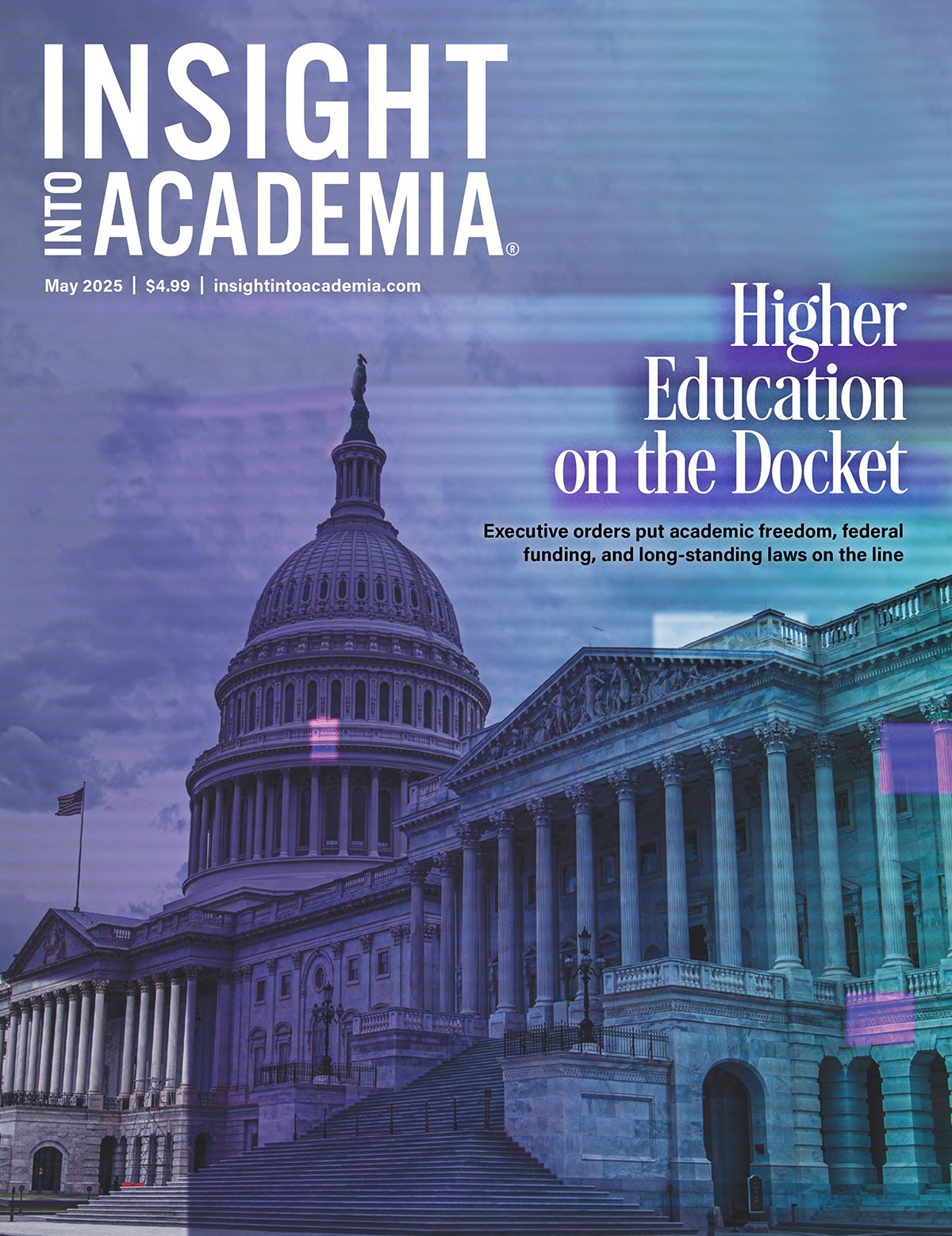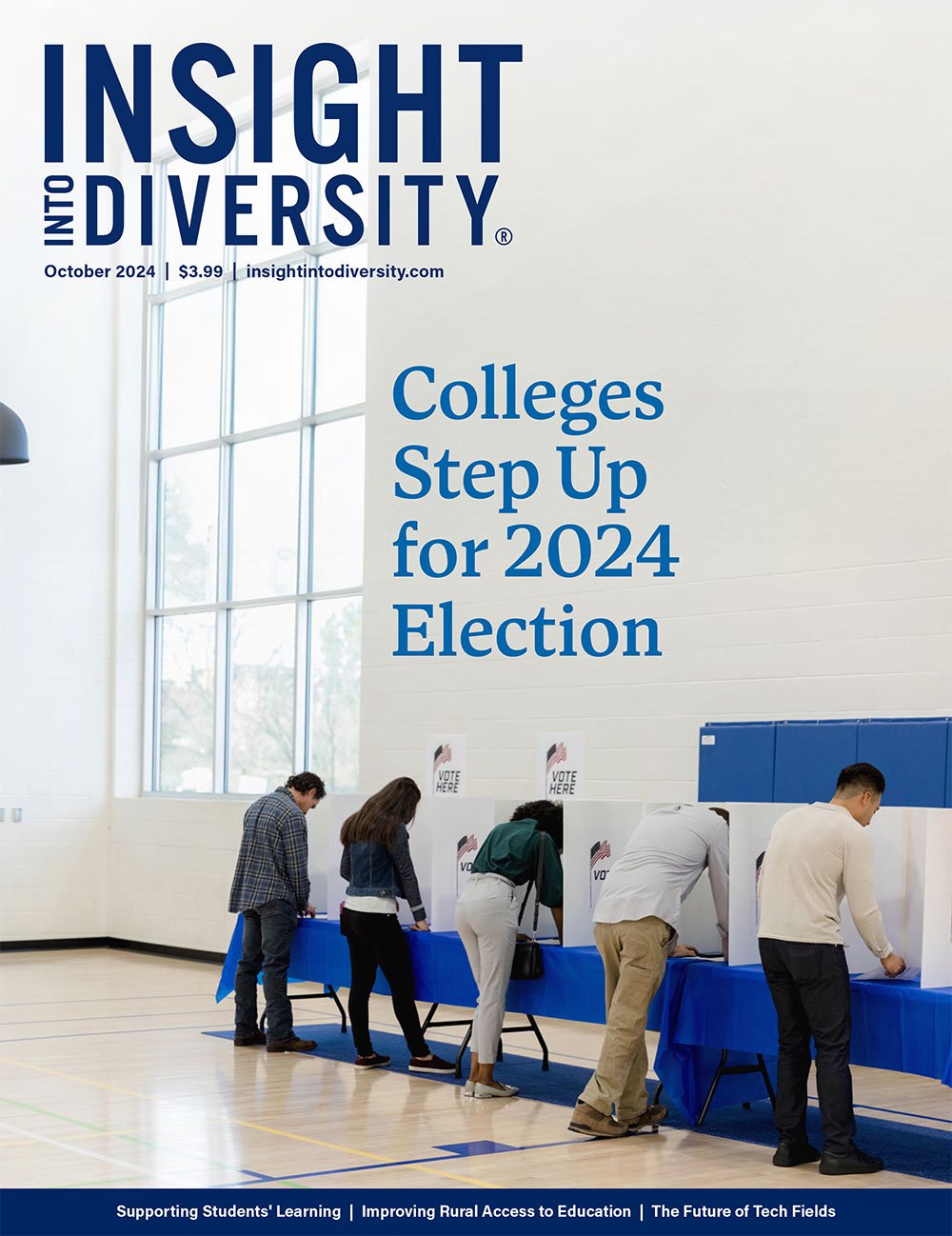Nearly two years after the U.S. Supreme Court’s landmark decision in Students for Fair Admissions (SFFA) v. Harvard, elite law schools are grappling with how to maintain diverse student bodies without using explicit race-conscious admissions. The initial demographic shifts in Ivy League law schools suggest a complicated, institution-by-institution response shaped by new reporting standards, targeted outreach, and evolving legal interpretations.
The American Bar Association’s (ABA) revised 509 reports for the 2024-2025 admissions cycle have painted a nuanced picture. Though early internal estimates at schools like Yale University Law School suggested steep drops in students of color post-SFFA, the finalized ABA numbers were more stable—albeit not without notable demographic swings.
At Cornell University Law School, diversity among the incoming JD class of 2027 technically rose, with students of color making up 37% of the class, a six-point increase from the prior year. But disaggregated data tells a more layered story. Hispanic enrollment fell dramatically, from approximately 13% to 7%, while Black enrollment grew modestly from 4% to 6%, and Asian enrollment saw the most significant jump—from 12% to 20%. Notably, Native American enrollment remained stagnant at roughly 1%, mirroring trends across other elite institutions.
At Yale Law, the number of Native students dropped to just two in the most recent incoming class, a decline that Hannah Terrapin, co-president of Yale’s Native American Law Students Association, called “heartbreaking.” Still, Terrapin remains cautiously hopeful. She described increased recruitment efforts and collaborations with affinity groups following the end of affirmative action. “I’m optimistic that this cycle will help to bounce back our Native population,” she told Yale Daily News in January.
The revised ABA methodology further complicates year-over-year comparisons. For the first time, in 2024, nonresident (international) students were included in U.S. race and ethnicity categories, rather than being listed separately. An ABA spokesperson acknowledged that this change “makes it difficult to know the impact of affirmative action on law schools,” as reported by the Yale Daily News.
International Students in the Crosshairs
Recent changes by the American Bar Association now group international students into U.S. race and ethnicity categories—a shift that muddies year-over-year diversity data. But looming political forces may complicate things even further. The Trump administration has repeatedly pushed to limit the presence of international students at U.S. institutions, threatening visa programs and proposing enrollment caps. If such efforts gain traction, not only could law school demographics shift again, but the already-blurred picture of affirmative action’s impact could become even harder to parse.
This reclassification may partially explain Yale’s apparent demographic stability. According to the ABA, the school’s latest JD class includes 13% Hispanic/Latino students, 17% Asian, 12% Black, and 49% white. In contrast, internal school data had previously cited a 12% decrease in students of color. “This individual year at Yale is extraordinarily encouraging,” said Kevin Brown, professor at the University of South Carolina School of Law and Yale Law alumnus. “The [decrease] that I would have anticipated has not occurred.”
At Harvard University Law School, however, the decline was unambiguous. The school enrolled just 19 Black students in its incoming class of 461—down from 43 the previous year. Hispanic enrollment also plummeted, from 63 to 32. Meanwhile, the number of Asian students rose from 103 to 132.
“The drop is greater than anyone expected,” said David Wilkins, JD, Harvard Law School’s vice dean for global initiatives on the legal profession, told The Harvard Independent, adding that it undermines decades of progress in legal education. “Harvard is a far more interesting and exciting and an excellent place than it has ever been because of its diversity.”
The ABA’s national statistics suggest overall diversity in legal education remains mostly steady. Black students accounted for 7.7% of JD students in 2024, compared with 7.8% the year prior; Hispanic students held at roughly 14%, though some of these students may have been enrolled prior to the Supreme Court’s decision on race-conscious admissions. But these broad figures mask what experts like Brown call a redistribution: underrepresented students are moving from top-tier “quad one” schools to lower-ranked institutions.
As the legal profession continues to contend with its legacy of exclusion and the role of elite institutions in shaping future leadership, the post-affirmative action era has raised more questions than answers. Institutions are now navigating how to legally foster diversity, ensure opportunity, and meet their public commitments—without triggering legal challenges or eroding hard-won progress.




















